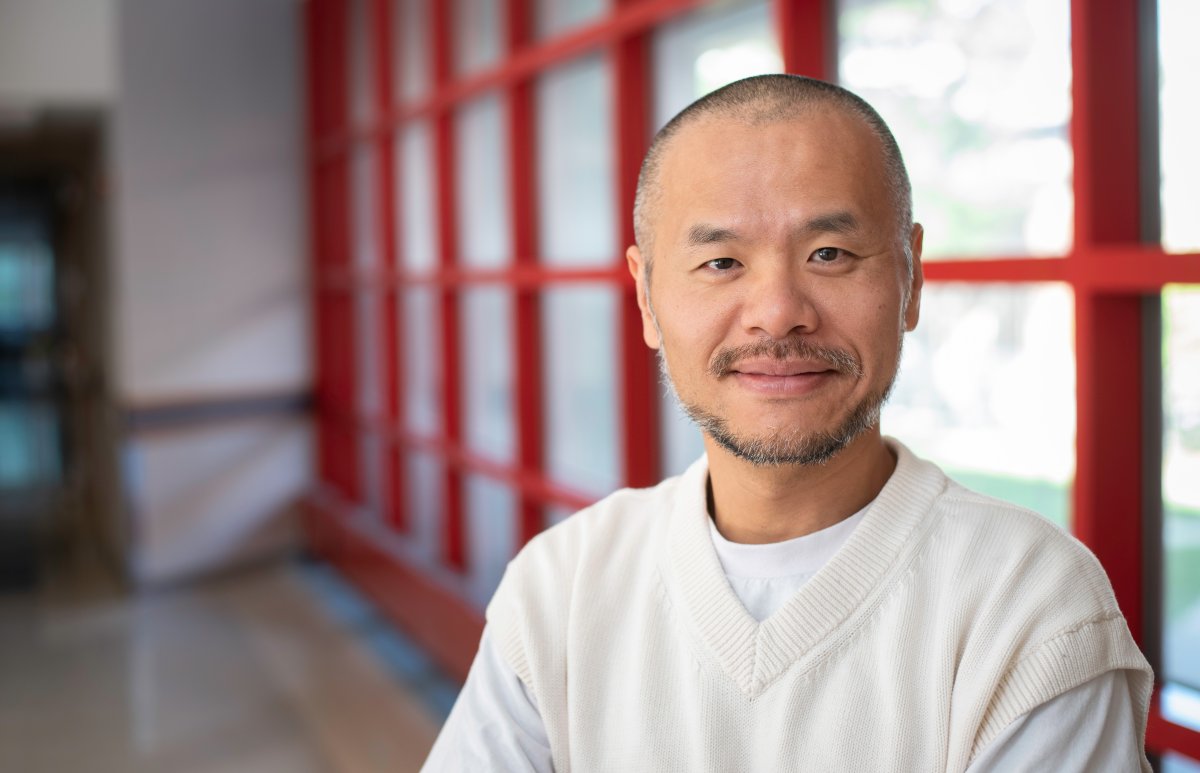Yao-Yi Chiang Receives $3.2M in Funding to Leverage AI in Predicting Mineral Deposits

Department of Computer Science & Engineering Associate Professor Yao-Yi Chiang won two contracts from the Defense Advanced Research Projects Agency (DARPA) Critical Mineral Assessments with AI Support (CriticalMAAS) program (with the Information Sciences Institute and InferLink Corporation). With a collective $3.2 million in funding, Chiang and team will work to develop AI methods for predicting critical mineral deposits in the United States.
The U.S. currently relies on foreign countries for most of its critical minerals. For minerals within the country, the U.S. Geological Survey (USGS) has to collect data from digital and historical geological maps and previous reports, and combine relevant information to predict where the mineral will be. This tedious process takes up a lot of experts’ time and does not scale. In 2022, DARPA and USGA put together a competition to see if AI had advanced enough to handle this type of task. After winning the competition, the joint team at the University of Minnesota and the University of Southern California (USC) is now working on machine learning methods and a wide range of tools to automate data collection from a variety of sources.
“The project we are working on right now is two parts,” said Chiang. “The first part is to take scanned geological maps and build machine learning models that can convert the content of those images to an analysis-ready format. For example, our model can read the text from these images and help identify the coordinates of the image so that we can locate that image on Earth. We are processing thousands of maps from different sources, so it is a challenge to convert unique maps.
“The second project deals with data integration. When a geologist publishes their analysis to a database, there is no common standard for their data schema for representing mineral deposits. We are helping them organize the knowledge gathered from a number of different sources. We are looking at a variety of attributes so we can consolidate duplicate records within one source and link records from different sources.”
Chiang is the principal investigator on the first project that focuses on feature extraction and georeferencing from maps. Craig Knoblock from USC is leading the second project with the U of M focusing on integrating spatial data. The end product of the two projects will be a digitized map that lays out the location of mineral sites and valuable geological knowledge currently locked in scanned maps, databases, and reports. It will indicate which minerals and how much of each mineral are located at a site based on historical data.
“In general, we are going to have a critical impact by identifying these mineral sites, but we are also advancing our knowledge in computer science, in particular Spatial AI,” said Chiang. “We are exploring how to train a model with limited training data by using unique spatial properties in these data. We have to be smart in how we train the model and apply the model to unseen data that might be very different.”
Chiang and team will head to Denver this February to present the initial version of the tool. By 2025, they will have a finalized product for USGS.
“We have been working on tracking features from maps for a long time, almost 20 years,” said Chiang. “The previous project supported by a generous donation from David and Abby Rumsey enabled us to build a machine learning model to read texts from maps. That was a really important foundation for this project. Our Ph.D. students Zekun Li, Yijun Lin, Leeje Jang, Jina Kim, and Min Namgung have made significant contributions to make this possible. Together with two more Ph.D. students, Theresa Chen and Jiyoon Pyo, and our faculty Ju Sun, we are advancing Spatial AI technologies quickly to push these two current projects forward.”
Learn more about the DARPA CriticalMAAS program and the project at their website.